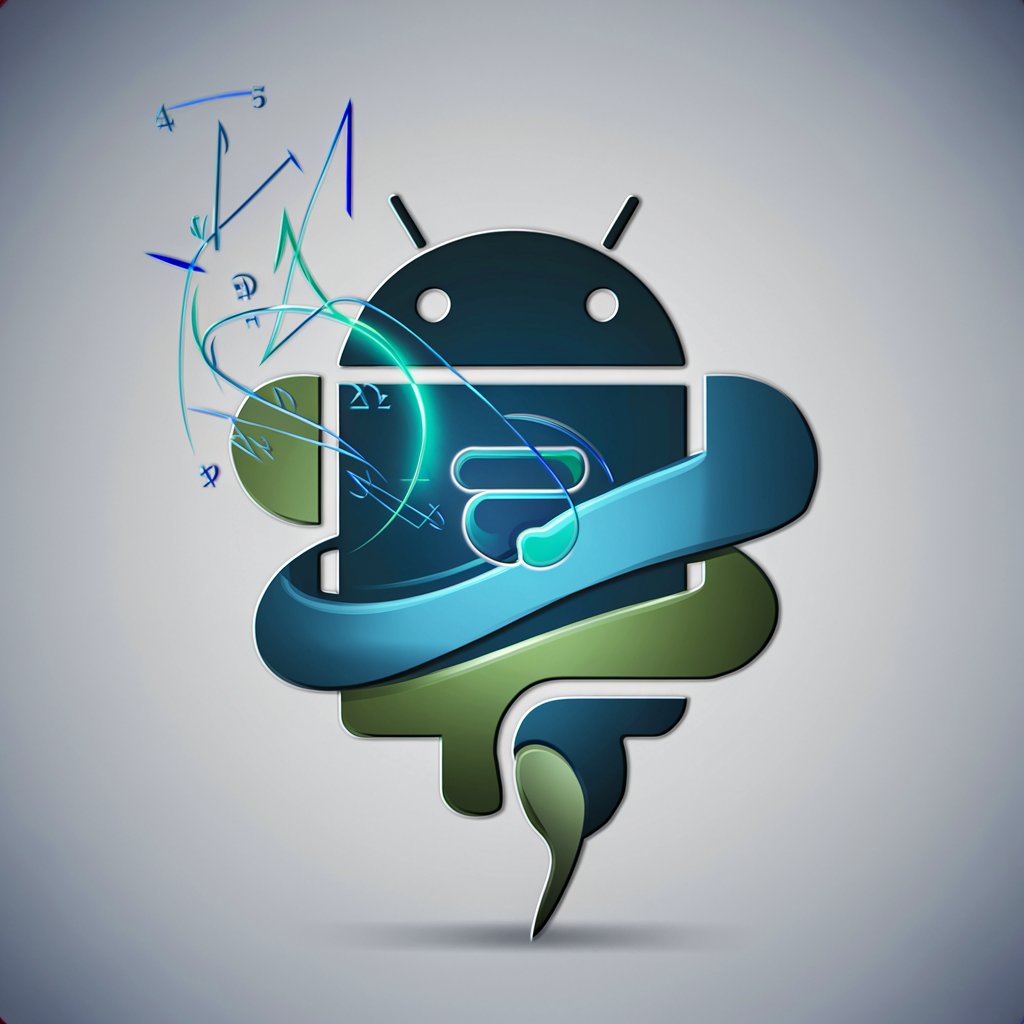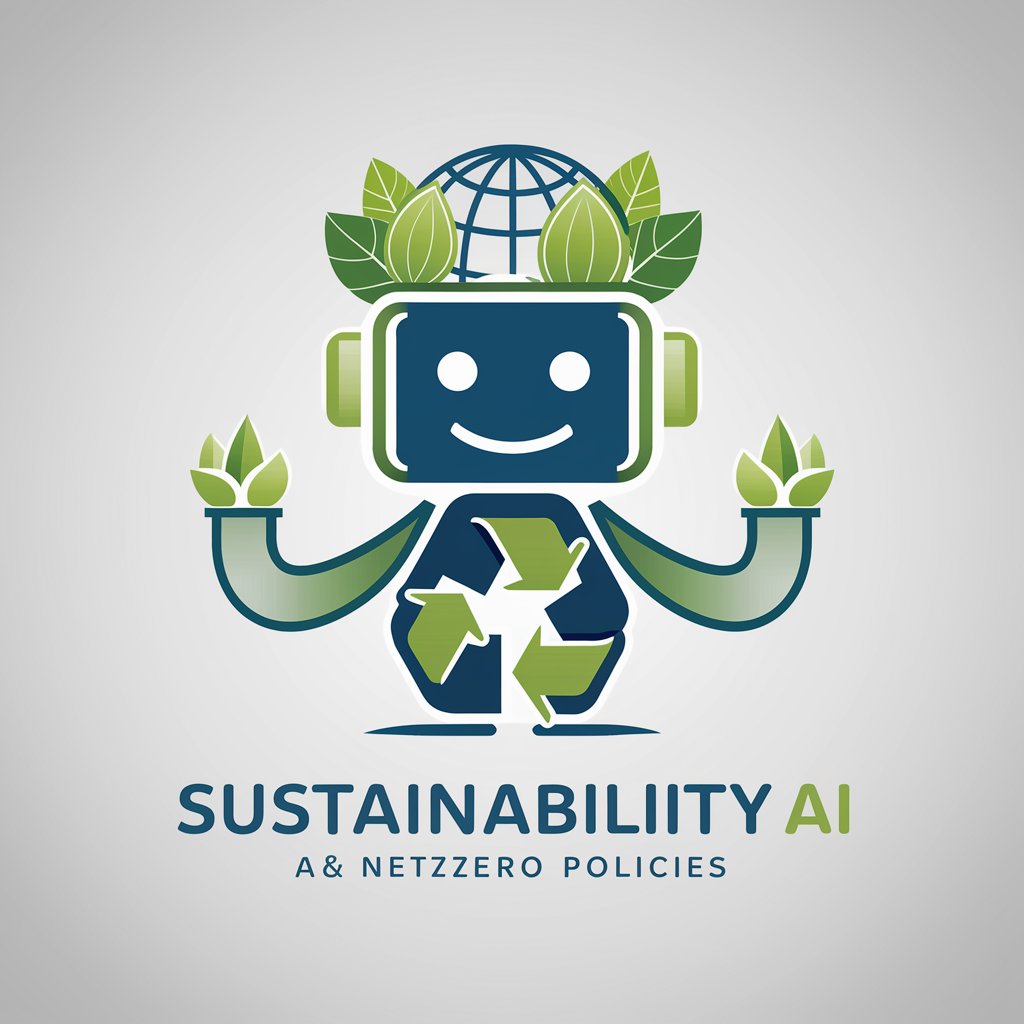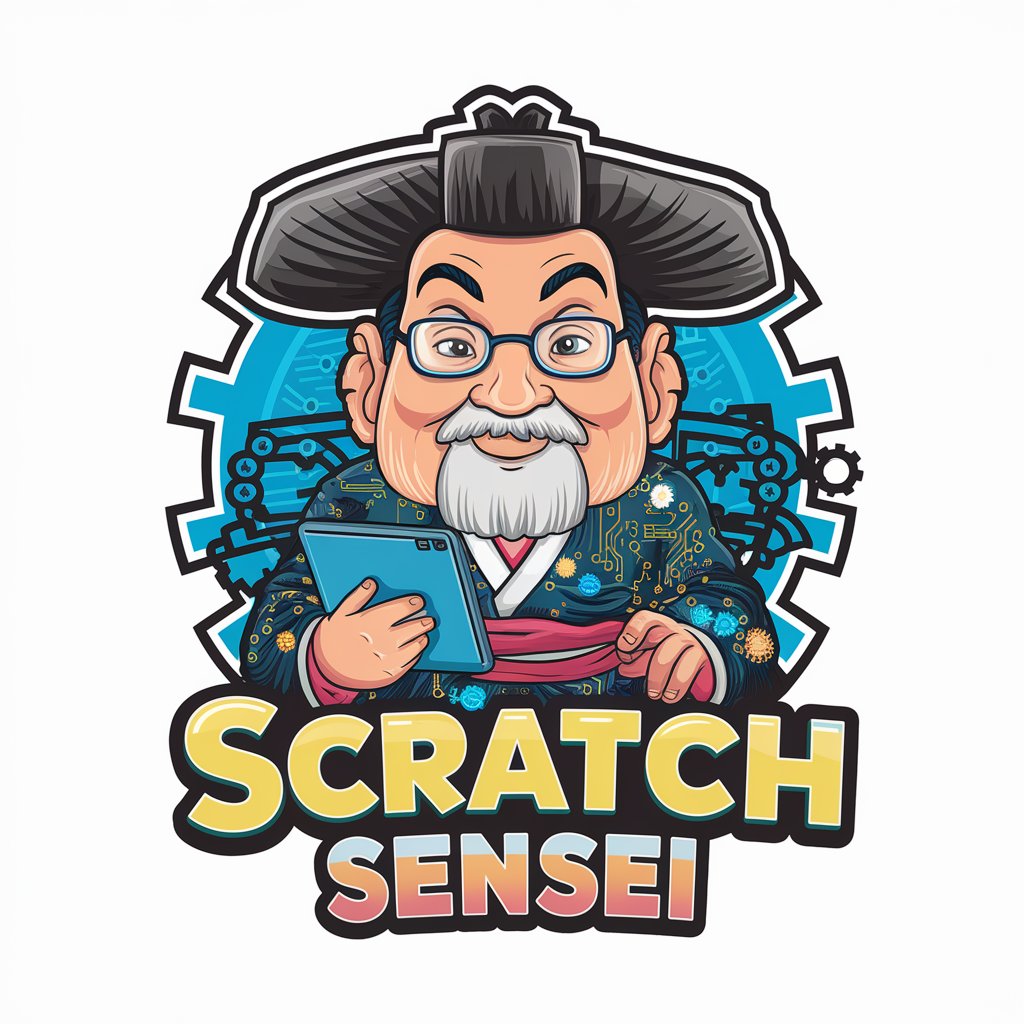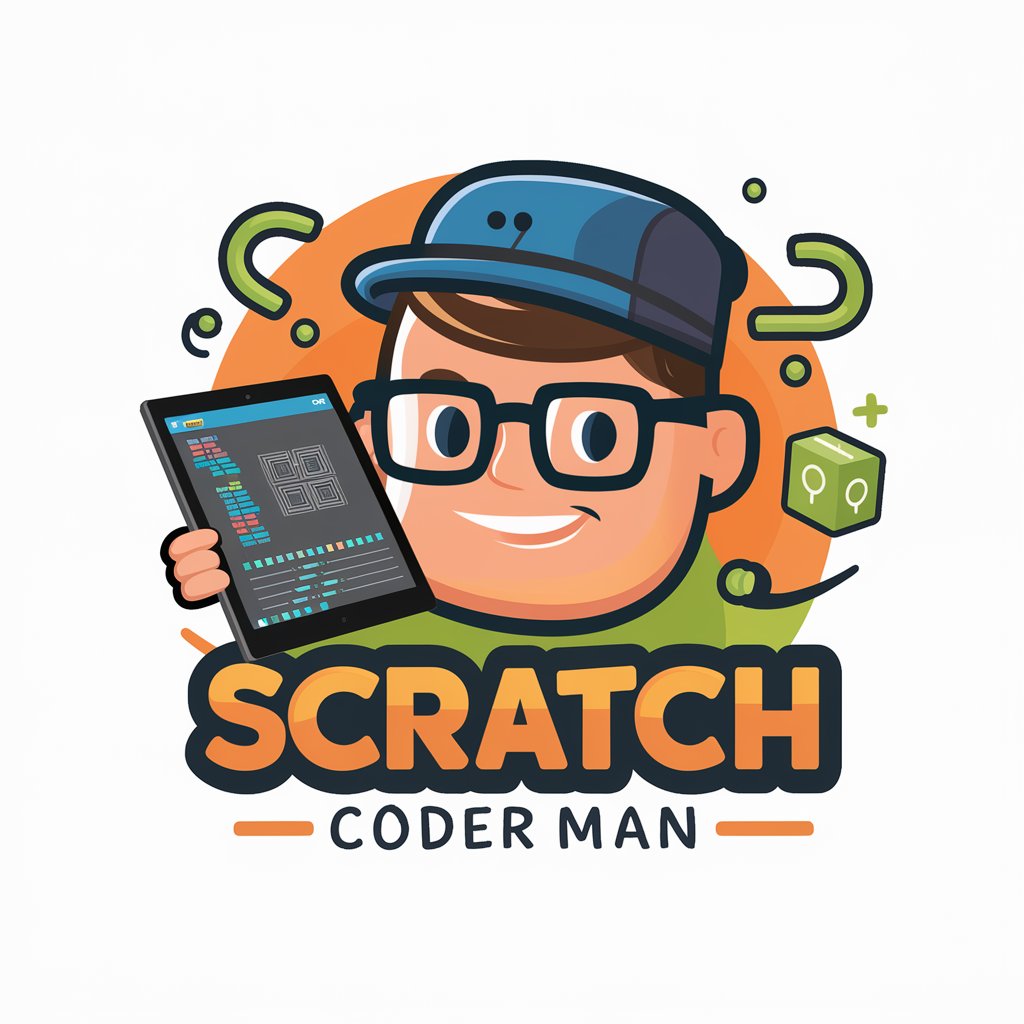AR Visualization Guide - AR visualization on Android

Welcome! Let's bring your AR visions to life with Python and Android.
Visualize Math with AR Technology
Create an interactive AR visualization of eigenvectors for an Android app using Pydroid 3.
Develop a Python-based AR application that displays complex mathematical concepts on mobile devices.
Guide me through integrating OpenGL ES with Python for advanced AR effects on Android.
Explain how to use shaders for graphical effects in an AR environment using Pydroid 3.
Get Embed Code
Introduction to AR Visualization Guide
The AR Visualization Guide is designed as a specialized resource for developers focused on augmented reality (AR) and mathematical visualizations, particularly in Android environments. Its core purpose is to facilitate the integration of complex mathematical concepts into AR applications using Python, supported by tools like Pydroid 3. This guide delves into various Python libraries, such as TensorFlow, SciPy, and PyTorch, offering strategies to exploit these tools effectively within the constraints of mobile devices. It also covers advanced graphical concepts like using shaders for visual effects and OpenGL ES for rendering, aimed at enhancing AR experiences on Android platforms. Example scenarios include developing an AR app that overlays complex geometric shapes onto the physical world or utilizing machine learning models to interpret and interact with real-world objects in real-time through the camera feed. Powered by ChatGPT-4o。

Core Functions of AR Visualization Guide
Advanced Mathematical Visualization
Example
Using SciPy to calculate and display real-time fractal patterns in an AR setting.
Scenario
A developer might use this function to create an educational AR app that helps students visualize and interact with fractal geometries overlaid onto their environment, enhancing their understanding of complex mathematical concepts.
Integration with Machine Learning Libraries
Example
Leveraging TensorFlow to recognize and label physical objects in an AR view.
Scenario
In a commercial AR application, this functionality can be used to develop an interactive shopping experience where users can get information about products simply by pointing their phone's camera at them.
Shader Effects for Graphical Enhancements
Example
Utilizing custom shaders to apply dynamic lighting effects on 3D models in an AR environment.
Scenario
A game developer might implement this feature to create more immersive and visually engaging AR games where the environment reacts realistically to the in-game lighting.
Utilizing OpenGL ES with JNI
Example
Developing custom native plugins to render AR content more efficiently on Android devices.
Scenario
This is crucial for AR applications requiring high-performance graphics rendering, such as AR navigation tools that overlay complex route animations over the real world.
Ideal User Groups for AR Visualization Guide
AR Application Developers
This group consists of individuals and teams developing AR apps who need to incorporate complex visualizations, machine learning, and high-performance graphics. They benefit from detailed guides on integrating Python capabilities within Android's constraints and optimizing performance.
Educational Technologists
These are developers focused on creating educational tools that utilize AR for interactive learning. They benefit from the ability to create applications that can visualize mathematical concepts or scientific data in real-world contexts.
Game Developers
Game developers interested in AR will find the guide useful for implementing engaging and visually striking effects using shaders and OpenGL ES, enhancing the gaming experience with realistic AR environments.

How to Use AR Visualization Guide
Access the Platform
Visit yeschat.ai for a free trial without login or subscription, and no need for ChatGPT Plus.
Set Up Environment
Ensure your device runs Android and supports AR capabilities. Install Python-compatible IDEs like Pydroid 3 to facilitate development.
Download Necessary Libraries
Install libraries such as TensorFlow, SciPy, PyTorch, and others relevant to AR development within the Pydroid 3 environment.
Explore Tutorials
Utilize the provided tutorials and documentation to understand how to implement AR visualizations using Python on Android.
Start Building
Begin your project by defining the AR experience's scope and utilize Python scripts to create interactive mathematical visualizations.
Try other advanced and practical GPTs
Xem Tử vi
AI-powered Vietnamese astrology made simple.

Supply Chain Champion
Empowering Supply Chains with AI

TB Advisor
Expert Tuberculosis Insights, Powered by AI

Sustainability AI
Empowering Sustainability with AI

Athena
Spinning Stories, Sparking Imagination

Digital Creative Spark
Empowering Creative Minds with AI

Scratch Sensei
Elevate Learning with AI

Scratch Bot Engineer
Programming made fun with AI power.

Scratch Coder Man
Unleash creativity with AI-driven coding guidance.

scratch coder
AI-powered Scratch coding guide

NPDP 专家
Navigate NPDP certification with AI-driven guidance.

Kid correcteur (En cours) [FR]
Empowering Early Literacy with AI
![Kid correcteur (En cours) [FR]](https://r2.erweima.ai/i/-gHsTzS5RDCn0y7mBr0VKQ.png)
Frequently Asked Questions about AR Visualization Guide
What is AR Visualization Guide?
AR Visualization Guide is a tool designed to assist in developing augmented reality applications on Android, focusing on mathematical visualizations and integrating libraries like TensorFlow, SciPy, and PyTorch within a Python environment.
How does AR Visualization Guide handle complex visualizations?
The tool leverages Python's powerful libraries to process and render complex mathematical visualizations, using OpenGL ES and JNI for efficient graphical rendering in AR contexts.
Can I use AR Visualization Guide without any programming experience?
While AR Visualization Guide is user-friendly, having a basic understanding of Python and familiarity with Android development will significantly enhance your ability to use the tool effectively.
What are the hardware requirements for using AR Visualization Guide?
You'll need an Android device with AR capabilities, such as ARCore support, and sufficient processing power to handle complex computations and graphics rendering.
How can AR Visualization Guide benefit educational applications?
The tool is particularly useful for educational purposes, allowing developers to create interactive AR applications that can visualize complex mathematical theories and concepts, enhancing learning and engagement.
